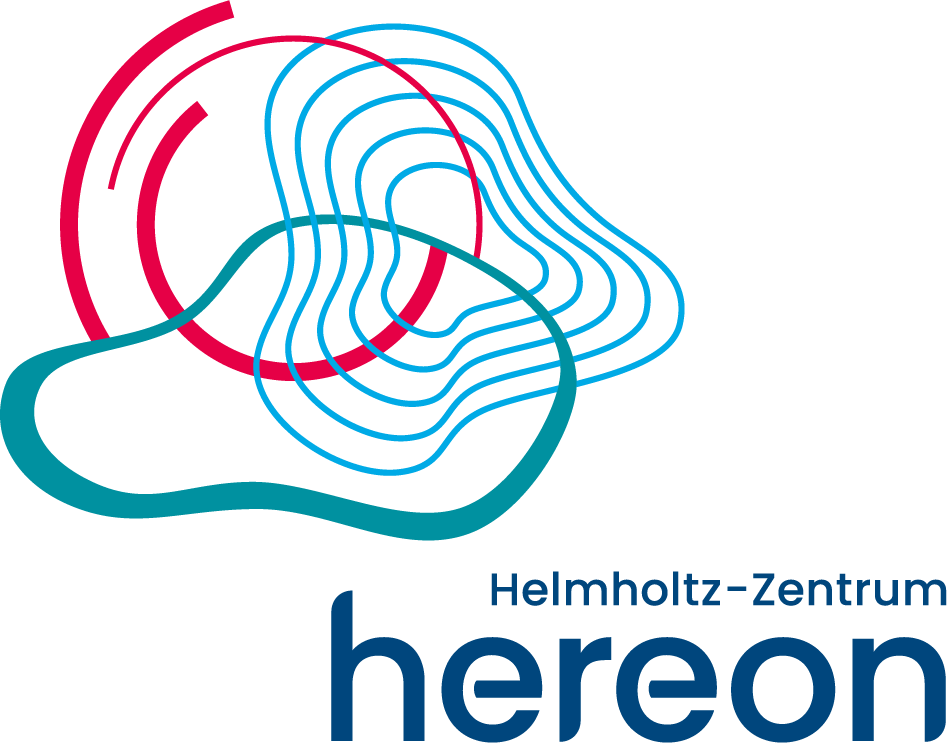MLZ is a cooperation between:
 > Technische Universität München
> Technische Universität München > Helmholtz-Zentrum Hereon
> Helmholtz-Zentrum Hereon
 > Forschungszentrum Jülich
> Forschungszentrum Jülich
MLZ is a member of:
 > LENS
> LENS > ERF-AISBL
> ERF-AISBL
MLZ on social media:

MLZ (eng)
Lichtenbergstr.1
85748 Garching
Chemistry Laboratory
The chemistry laboratory is a 50 m2 facility equipped with double fume cupboard to prepare samples for subsequent measurements on the neutron scattering instruments. It offers a basic tool set to handle samples from users, prepare solutions or even perform chemical reactions resulting in specific modifications. Samples can be handled under inert gas atmosphere like N2 or Ar.
Booking of instruments
After signing up for a GhOST-Account, you can use our booking site to view and reserve our instruments for usage. If you have any questions feel free to contact us (contact information on the right).
Equipment
- Syringe needles and syringes (1 – 10 ml)
- Pipette tips for 1 µl to 5 ml
- Piston pipettes (last maintenance in July 2017; with certificate)
- Nitrile gloves in sizes S to XL
- “Solvent cabinet in the chemistry laboratory (it is best to send an e-mail in advance so that we can check whether the required chemical is available)”:/media/img_0357.jpg
- 20 ml Vials Perkin Elmer with cap
- Eppis 0.5; 1; 2 ml
- Greiner tubes 15 and 50 ml
- Measuring pipettes made of glass and plastic
- Volumetric pipettes
- Deuteriumoxide
- Well plates
- Glass (Schott bottles, beakers, watch glasses etc.)
- Kimtech wipes
- etc.
If you have any questions about the consumables, please contact us (contact information on the right).
- Scale Precisa 320XB 4200C
max. weight: 4200g, accuracy: 0.1g - Schlenkline
- Digital UV-Ozone system novascan
- Laboratory fume cupboard
- Explosion-protected laboratory fume cupboard
- Vacuum drying cabinet Heraeus Vacutherm
max. temperature: 300ºC, min. pressure: 25mbar, Gases: N2/Ar - Ice machine
- Ultrasonic bath Elma Ultrasonic TL-H15
max. volume: 14,4l - Ultrasonic cell Conics Vibracell CV18
- Refrigerator 8ºC
- Freezer -23ºC
- Vacuum pump vacuubrand PC 3001 Vario pro
Description:
The Zetasizer Nano S is suitable when high sensitivity and a wide size range are required. It is a particle sizer for improved detection of aggregates, measurement of small volumes, dilute samples or highly concentrated samples as well as a device for measuring molecular size and molecular weight.
Dynamic light scattering is used to measure particle and molecule size. This technique measures the diffusion of particles moving due to Brownian motion and converts the data into size and size distribution using the Stokes-Einstein relationship. Non-invasive back scattering (NIBS) technology ensures the highest sensitivity over the widest possible ranges of dynamic size and concentration.
Specifications:- Principal of measuring: dynamic light scattering (DLS)
- Min. sample volume: 12 µl
- Light source: He-Ne-laser, max. 4 mW.
- Laser wavelength: 633 nm
- Adjustable temperature range: 0°C – 90°C
- Detector type: avalanche photodiode, Q.E. >50% at 633 nm
- Meaqsuring angle: 173° angle
- Attenuator: automatic, transmission from 100% to 0.0003%
- Molare measurement range: 980 Da – 20 MDa (Dalton)
- Molecular size range: 0.3nm – 10μm hydrodynamic diameter
- Dimensions(W x D x H): 320mm x 600mm x 260mm
- Weight: 21 kg
- Max. rotation: 200 rpm
- Temperature range: 20ºC – 180ºC
- Liquids for heating bath: oil(Solely after consulting us) or water
- Atmosphere: Argon
- Concentration H2O & O2: <1ppm
- Temperature: -35ºC – +10ºC
- Dimensions(inside)(W x D x H): 266mm x 162,5mm x 423mm
- Inside volume: 18.3l
Measurement sensors:
Moisture meter MB MO-SE-1:- Measurement range: 0ppm-500ppm
- Measurement accuracy(0-10ppm): <5% deviation
- Measurement accuracy(10-100ppm: <10% deviation
- Measurement range: 0ppm-1000ppm
- Measurement accuracy(0-100ppm): +/- 1ppm
- Measurement accuracy(general): 2% deviation
Picture of the instrument
Screenshot of the software
- Frequency range: 0.01rad/sek – 100rad/sek
- Strain measurement accuracy: 0.05µm
- Max. Force: 9,81N
- Max. RCF: 14.100 x g
- Rotational speed: 800 – 44.500 rpm (100 rpm steps)
- Max. capacity: 12 × 1,5/2,0 ml
- Timer: adjustable from 15 s to 99 min; continuous operating available
- Power supply: 230 V, 50-60 Hz
- Max. power consumption: 85 W
- Dimensions(W x D x H): 226 × 239 × 130 mm
- Weight: 4.3 kg
Contact
Henrich Frielinghaus
Phone: +49 (0)89 158860-706
E-mail: h.frielinghaus@fz-juelich.de
Laboratory technicians:
Tabea Bartelt
Phone: +49 (0)89 158860-733
E-mail: t.bartelt@fz-juelich.de
Milena Jerosch
Phone: +49 (0)89 158860-765
E-mail: m.jerosch@fz-juelich.de
Laboratory: Building UYL, Room 03.24
A glimpse into the lab







MLZ is a cooperation between:
 > Technische Universität München
> Technische Universität München > Helmholtz-Zentrum Hereon
> Helmholtz-Zentrum Hereon
 > Forschungszentrum Jülich
> Forschungszentrum Jülich
MLZ is a member of:
 > LENS
> LENS > ERF-AISBL
> ERF-AISBL
MLZ on social media:


